
All categories
Featured selections
Trade Assurance
Buyer Central
Help Center
Get the app
Become a supplier

(17659 products available)
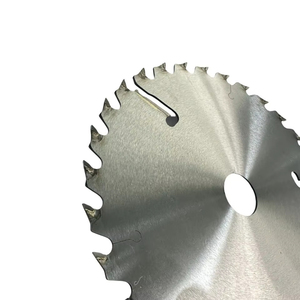




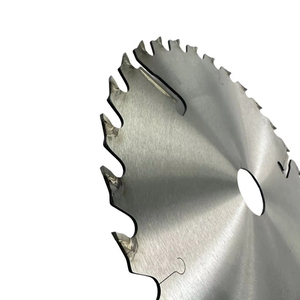







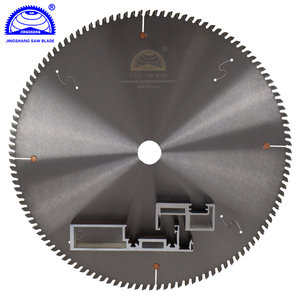

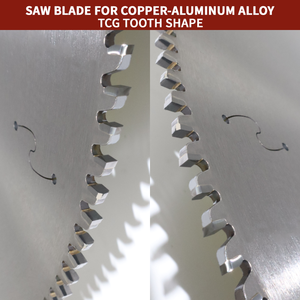













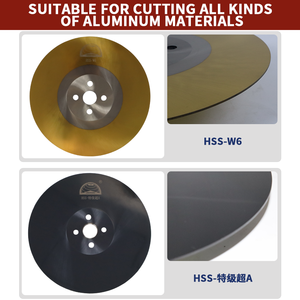
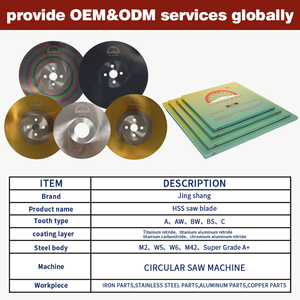
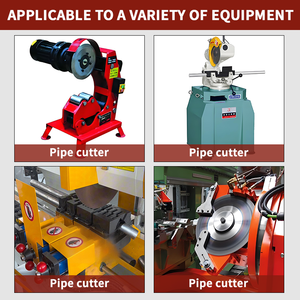

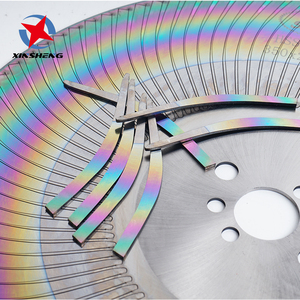


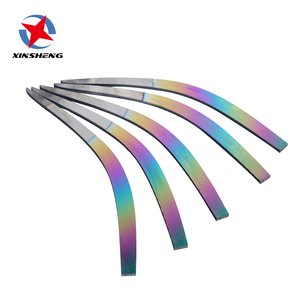

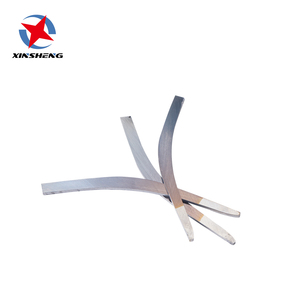







Metal-cutting circular saw blades are made for cutting different metals, such as aluminum, stainless steel, copper, and bronze. Also, they differ regarding the material, the teeth's geometry, and the number of teeth. That is why it is crucial to understand these differences to select the best blade for a specific project. Below are some of the common types of these blades.
These blades are for cutting ferrous metals like steel and iron. In addition, they feature carbide-tipped teeth for increased durability and cutting ability. Also, ferrous blades have high tooth density to ensure smooth cuts in hard materials. They are, hence, good for heavy-duty applications.
Non-ferrous metal cutting blades are meant for cutting softer metals, such as aluminum, brass, and copper. These circular saw blades for cutting metal have high-tooth geometric variations to avoid metal shredding. Besides, they are made from high-speed steel (HSS) or carbide for optimal cutting performance. In addition, non-ferrous blades typically have fewer teeth than ferrous blades; this is because non-ferrous metals are softer and easier to cut through.
Composite blades are ideal for cutting metal-composite materials (MCMs). Such materials are widely used in the construction of buildings and in the manufacture of cars. Note that the blades combine features of both ferrous and non-ferrous blades. Also, they should be suitable for cutting steel sheets and aluminum panels.
These blades are versatile and widely used in cutting different metals. Their teeth are tipped with tungsten carbide to enhance their durability and hardness. Also, they maintain sharpness even after extended use. This makes them an ideal choice for heavy-duty and industrial applications.
These circular saw blades for cutting metals are made from various materials, affecting their durability and cutting capability. Below are some of these materials and their commonly associated durability qualities.
HSS blades are highly durable and can withstand high temperatures. This property makes them suitable for cutting soft to medium-hard metals, such as aluminum and brass. In addition, HSS blades are less resistant to wear than carbide-tipped blades. Despite this, they are a good choice for precise cuts and smaller metal projects.
A tungsten carbide blade is an incredibly strong material that holds up well when cutting hard metals like stainless and galvanized steel. Besides, it has a very high wear and heat resistance. This means the blade can retain its sharpness and cutting ability even after extended use.
These blades feature teeth welded from high-speed steel and blades made from bimetallic wood saw blades. Usually, the flexible backing is made from spring steel. This combination provides a good balance between toughness and wear resistance. Also, Bi-metal blades are fit for cutting various metals and offer decent durability for heavy use.
Some blades are made from steel and coated with materials like titanium nitride (TiN) or diamond-like carbon (DLC). These coatings reduce friction and increase the blade's wear resistance. Also, these blades are good for cutting ferrous and non-ferrous metals.
Metal-cutting circular saw blades are useful across multiple scenarios. These range from construction and automotive to DIY workshops. Below are some common application areas for these blades.
In sheet metal fabrication, these blades cut sheets into required shapes and sizes for cabinets, HVAC systems, and other metal structures. Note that the blades' precision ensures clean edges for welding and assembly. This makes them necessary for ensuring the final products' structural integrity and quality.
These blades are widely used in cutting metal parts for vehicles, including body panels, frames, and engines. Note that their precision allows for tight tolerances in critical components. Thus, this ensures efficient assembly and optimal performance. Also, they are used in repairing and replacing parts, making them indispensable in auto shops.
In the recycling industry, saw blades help in cutting scrap metal into manageable pieces for repurposing or reprocessing. As for their durability, they can handle various metal types. Hence, this makes them efficient in helping practitioners maximize resource recovery.
For DIYers and homeowners, having a metal-cutting circular saw blade is essential for small projects like making metal furniture, gates, or custom shelving. Easy access to these blades allows users to complete tasks involving light to medium metal cutting quickly.
In signage production, metal cutting blades help cut aluminum composite panels or stainless steel sheets. It results in durable and professional-looking signs. Their accuracy ensures that the signs have sharp, sleek edges. Hence, this improves the aesthetic appeal and increases the signs' longevity in outdoor settings.
Choosing the right metal-cutting circular saw blade depends on the material and project requirements. Below are some of these factors.
Consider what material the blade is. Should a user be cutting softer metals, for example, aluminum or brass, non-ferrous blades made from high-speed steel (HSS) or coated with titanium nitride (TiN) will do the job. Ferrous blades with carbide tips are for hard metals. These include steel and wrought iron.
Choose a blade with a diameter that fits the user's saw. It should also match the user's cutting tasks. For example, larger blades, such as 10-inch blades, will manage more extensive, industrial-sized cutting jobs. On the other hand, smaller blades are fit for more minor, detailed work. For major projects, one should use a large blade. Large blades also deliver more power and precision. In contrast, small blades are generally more portable and lightweight.
Look at the number of teeth and their shape. Blades with a higher tooth density provide smooth cuts, while those with fewer teeth deliver fast cuts. Should the user be working on thin metal sheets, like aluminum. then a blade with many teeth will do. Conversely, for thick materials, a blade with fewer teeth will suffice.
Some blades have protective coatings, such as chrome or Teflon. These prolong blade life by reducing friction and preventing metal from sticking to the teeth. More importantly, select a blade with a coating that is most suitable for the user's working environment. Remember, users handling abrasive materials should go for blades with enhanced coatings.
A1. Ferrous blades are best for cutting ferrous metals, while non-ferrous blades are ideal for non-ferrous metals. Composite blades are specifically designed for metal composite materials. The tungsten carbide-tipped blade is the longest-lasting and most versatile.
A2. Metal-cutting circular saw blades are made from high-speed steel (HSS) or carbide. These materials can efficiently cut through metal sheets. In addition, circular saws with diamond blades are also perfect for cutting hard metals, including stainless steel.
A3. Bi-metal blades are versatile enough to handle a range of materials, including aluminum, brass, copper, and stainless steel. They are also suitable for cutting steel tubing and strips.
A4. No, they should not have any similarities. Metal-cutting circular saw blades have stronger teeth and are made from more durable materials. Conversely, wood blades are designed with larger, more aggressive teeth to enable fast cutting. On the other hand, metal blades have a higher tooth count with smaller, finer teeth for smooth, precise cuts.